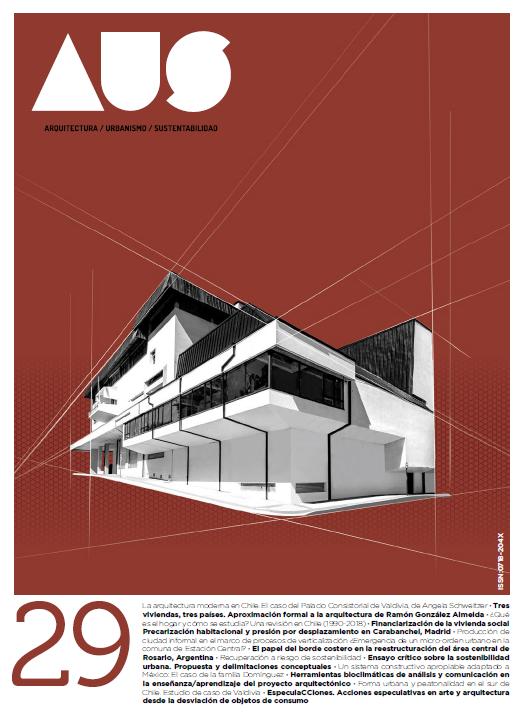An appropriable construction system adapted to Mexico: The case of the Domínguez family
Main Article Content
Abstract
Certain sectors of Mexico face a problem of housing shortage as a result of the production strategies adopted by the State since the second half of the 20th century. Housing donor organizations have tried to meet this demand through numerous proposals, many of which are not appropriate for the beneficiaries, exclude users with different than average needs, and use non-appropriate building systems. The objective of this applied research is to analyze various forms of flexible and low-cost construction, select those that are more easily replicable by the inhabitants autonomously and in the face of different economic, spatial and physical requirements, and implement them with specific beneficiaries. This article shows the case of the Domínguez family, for which the prefabricated reinforced ceramic plates were selected, adapting them to seismicity and local materials in order to jointly design and self-produce their progressive home.

